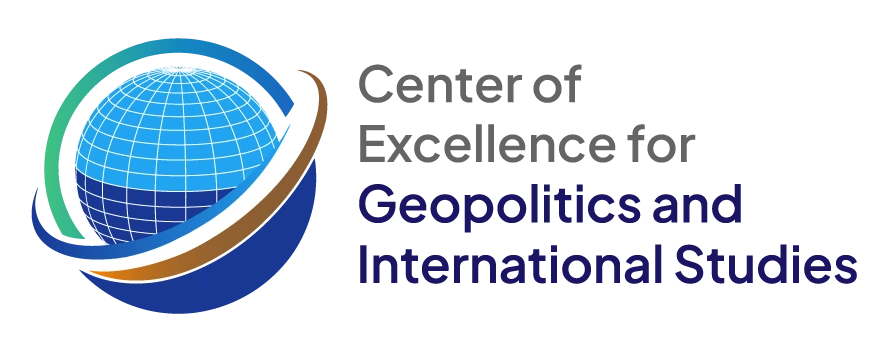Trump Presidency 2.0 and India
*Dr. Devender Kumar
Donald J. Trump won the "60th quadrennial presidential elections" in November 2024 and will take office on 20 January 2025 as per the '20th Amendment'. Surprisingly, Trump has attained a heavy mandate from US citizens on his promises and secured ‘312 electoral’ college votes—more than required to form the government. Trump in his presidency 2.0 has chosen to take tough measures with the zero-tolerance approach.
Many of his promises are controversial and will impact India-US ties in areas such as (a) economic; (b) citizenship and Indian origin (c) H1B visas; (d) tech and education; and (e) environment. There are six major areas in which India’s diplomatic skills and balancing will be tested vis-a-vis the US.
The first is economic; Trump has called India a “Tariff King” during his first tenure and imposed several restrictions by removing India's “Generalized System of Preferences” (GSP) status in June 2019 and imposed tariffs on Indian steel and aluminum by 10-25 % through national security rules. Such steps marked a decline in Indian exports to the US as zero-tariff items came under heavy tariffs. Similarly, during the election campaign for Trump 2.0, he called India a "trade abuser” and “biggest charger of tariffs” and promised to charge a “reciprocal tax” by opting “tit-for-tat” approach. He wants to apply a “100 % percent tariff” on Indian goods. This attitude may ignite a “trade war” between India and the US.
Second, is the anti-immigration stand of the newly elected US president. Trump has promised to change the citizenship rules for the US under the 14th amendment which provides citizenship based on the birth in US territories known as Jus Soli. According to US National Bureau of Census 53% of US citizens are naturalized citizens most are from Mexico, India, Dominic Republic, Cuba, and the Philippines while 47.9% are identified as not citizens. 10 million US citizens are of Mexican origin, the second largest is the Indians (nearly 2.8 million) and 2,90,000 are eligible for the naturalization. The Pew Research Center report suggests that the number of Indians in the US has become 4.8 million (2022) therefore, if the US pursues an expulsion policy under Trump 2.0, it will have significant repercussions on India-US ties.
Third, is the question of H1B Visas for Indians to work in the US. This visa is an opening gate for Indian professionals in the US with the opportunity to work but Trump presidency 2.0 is likely to take a tough stand by implementing more restrictions. “Stephen Miller” is chosen as the new ‘Deputy Chief of Policy’, and he is known for his strong stand on immigration which perhaps would hamper the entry of Indian professionals as 75% of Indian professionals depend on H1B visas to enter the US.
Fourth is the tech and education sector in which India is a major partner in the US-India educational and tech partnership. Nearly 124,000 Indian students visited the US in 2023 and around a million are waiting for an employment-based green card. Trump is likely to opt for a transactional partnership approach which will impact Indian and US techies as nearly 15% of the H1B visa quota for the US is consumed by this sector
Fifth, Trump has vowed to reduce US debt and has decided to create the Department of Government Efficiency (DOGE) an agency to ‘maximize governance’ and ‘minimize government’. He has chosen businessman Elon Musk to restructure government departments and finances, mainly to start the ‘Save America’ campaign with the target of reducing bureaucracy and unnecessary expenditure. Such a move is likely to reduce jobs in the US and impact the Indian origin living in the country.
Sixth, India is committed to climate change and is working to address the issue. During the recent COP29 conference this year, India tried to introduce an ‘accountability’ mechanism for the developed nations to ensure ‘climate finance’ in achieving climate goals for the developing states. But the rise of Trump 2.0 raised questions on the future of climate actions as Trump is skeptical of climate concerns and he earlier withdrew from the Paris Agreement’. He may again withdraw from this and stop US funding for the same. Trump also backed out from the ‘Joint Comprehensive Plan of Actions’ (JCPOA) with Iran and imposed sanctions on Iran but India secured a concession. Nevertheless, this time, the world faces different geopolitical realities.
US under Trump 2.0 may follow an isolationist approach with the aim to reduce extra expenditure on the government. It remains to be seen how India would balance the Trump 2.0 presidency and access the US market despite objections from the president-elect. This will surely test India’s diplomatic skills and bargaining power.
Dr. Devender Kumar is Assistant Professor at the Center of Excellence for Geopolitics and International Studies (CEGIS), REVA University.
